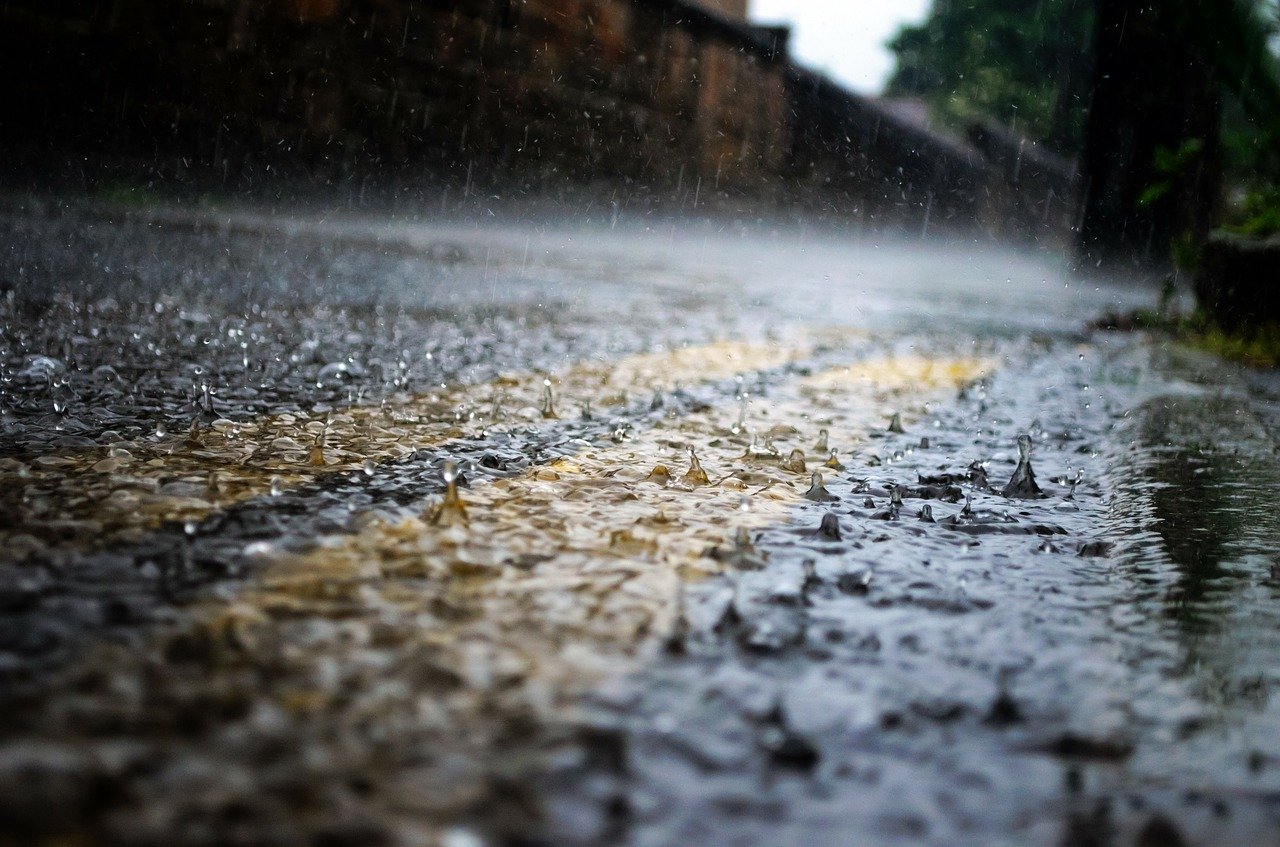It’s common knowledge that we should make necessary preparations in holding down our home from strong winds, heavy rainstorms, and even devastating hailstorms that might cause injuries and dents to our roof during hurricane season. But there are even more things to consider when we are preparing for hurricane season.
Usually, most storms will peak up its intensity while it’s still at sea as it accumulates even more water than it will eventually pour into much of the mainland states as heavy rain. This will usually lead to flooding. Normally, flooding is associated with various tropical diseases, and leptospirosis is known for being one of the more common ones.
What Are the Symptoms of Leptospirosis?
In many Southeast Asian countries situated in the tropical region and those in the path of Hurricanes and storms, Leptospirosis is quite a common disease found in floodwaters. While it doesn’t necessarily infect everyone that comes into contact with these floodwaters, it can cause severe infections, especially those with open wounds.
Leptospirosis can spread from one person to another through infected bodily fluids, such as urine. Since this is a bacteria, it doesn’t necessarily have to target a specific protein type, which means that animals can also get infected and vice versa. When flooding is at its peak, floodwaters can become contaminated with sewage water and all kinds of contaminated material.
About half of leptospirosis cases usually happen in Puerto Rico, with the other half usually happening in the mainland United States. Although the number of cases in the United States is only left to a few hundreds of cases, the chance of leptospirosis outbreaks is not impossible. It can easily happen in areas with a humid environment.
However, the main cause for concern when someone does contract this disease is that it has almost the same symptoms as COVID-19. If one does get infected, necessary quarantine measures will need to be implemented until such a disease has now been identified. Thus, it’s only important that we know how it’s different from COVID-19 by discerning its symptoms.
Symptoms include:
- Headache
- Nausea
- Vomiting
- Organ failure, specifically your kidneys
- Hemorrhagic fever
It’s important to note that most of these symptoms will have almost the same symptoms as dengue and COVID-19. However, there are some key differences between such diseases. COVID-19 will specifically target the lungs so individuals will have problems with their breathing. On the other side of the coin, dengue is a viral infection and will have much more flu-like symptoms than the bacterial symptoms of leptospirosis.
Gearing Your Home for Harsh Weather Conditions
One of the best ways of mitigating the risk of getting leptospirosis is by making necessary design changes to your home. Something as simple as choosing a home with a high elevation to installing flood-proofing mechanisms can help stop any risk of flooding.
But other than just having a sturdy roof that can withstand winds of more than a hundred miles in an hour, it’s also important that you have an efficient and long-lasting drainage system that can redirect water to the needed storm drainage pipes and away from your home. Construction experts would suggest commissioning the services of seamless gutter contractors in installing the appropriate gutters needed in redirecting the flow of floodwaters and torrential rain away from your home’s foundations.
Still, it’s important to take a good amount of precaution when working on your roof since most individuals can slip and fall if they’re not too careful. If you don’t necessarily have the right equipment for installing these modifications, it’s best to leave the heavy lifting and installation process to the aforementioned contractors. Professional help can help mitigate the chances of injuries from happening while also expediting the installation process. When you’re dealing with storms and heavy rain, time is of the essence, especially when water can easily pond inside nooks and crevices.

Ultimately, the best way of preventing leptospirosis is by keeping our surroundings as clean as possible. It’s hard to predict what nature can do, and there will be times that the best thing that we can do is to wait things out. Leptospirosis is usually spread through rats, so it’s only logical that we keep our households pest-free. Draining pooled water can also help stop disease-causing insects from breeding, such as mosquitoes.
It might seem like a bit of added work, but making lifestyle changes and preparing for future disasters can go a long way in ensuring that you and your family are safe. Spending a couple of hundred dollars in preparation is better than having to spend thousands on hospital fees.




